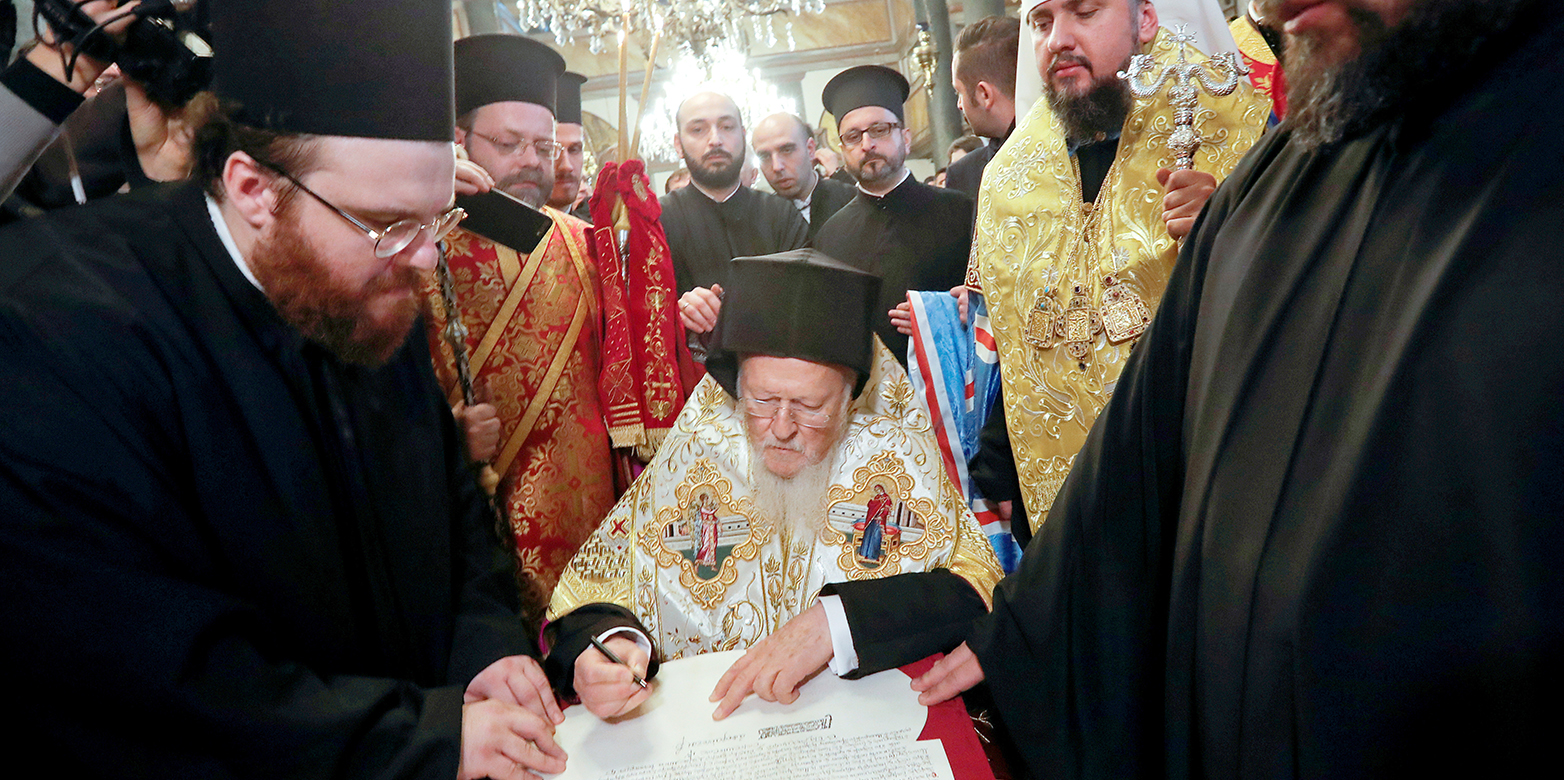Ukraine: The Religious Dimension of the Conflict
While religious issues are not the primary drivers of the conflict in and around Ukraine, religion has played a significant role in it, according to CSS Cora Alder, Palwasha Kakar and Leslie Minney. Not only have religious rhetoric and traditions become part of an increasing polarization in Ukrainian society, centuries-old orthodox institutions have also been deeply changed through the conflict.

Eastern Ukraine’s Luhansk and Donetsk oblasts, together known as the Donbas, have been an active war zone since 2014 with over 13,000 killed and 1.6 million Ukrainians displaced. The conflict sparked when former Ukrainian president Viktor Yanukovych was ousted after rejecting an Association Agreement with the EU that triggered fierce protests. The power vacuum in Kyiv was followed by Russia’s annexation of Crimea and unrest in eastern Ukraine, ultimately leading Russian-backed separatist forces to take control of much of the Donbas. Since 2014, Ukraine has not had full control over its border. Different types of ceasefires have been put in place, none have held. Political settlements have largely failed to materialize. Recently, Kyiv and Moscow took some steps to withdraw troops from various locations across the Line of Contact.